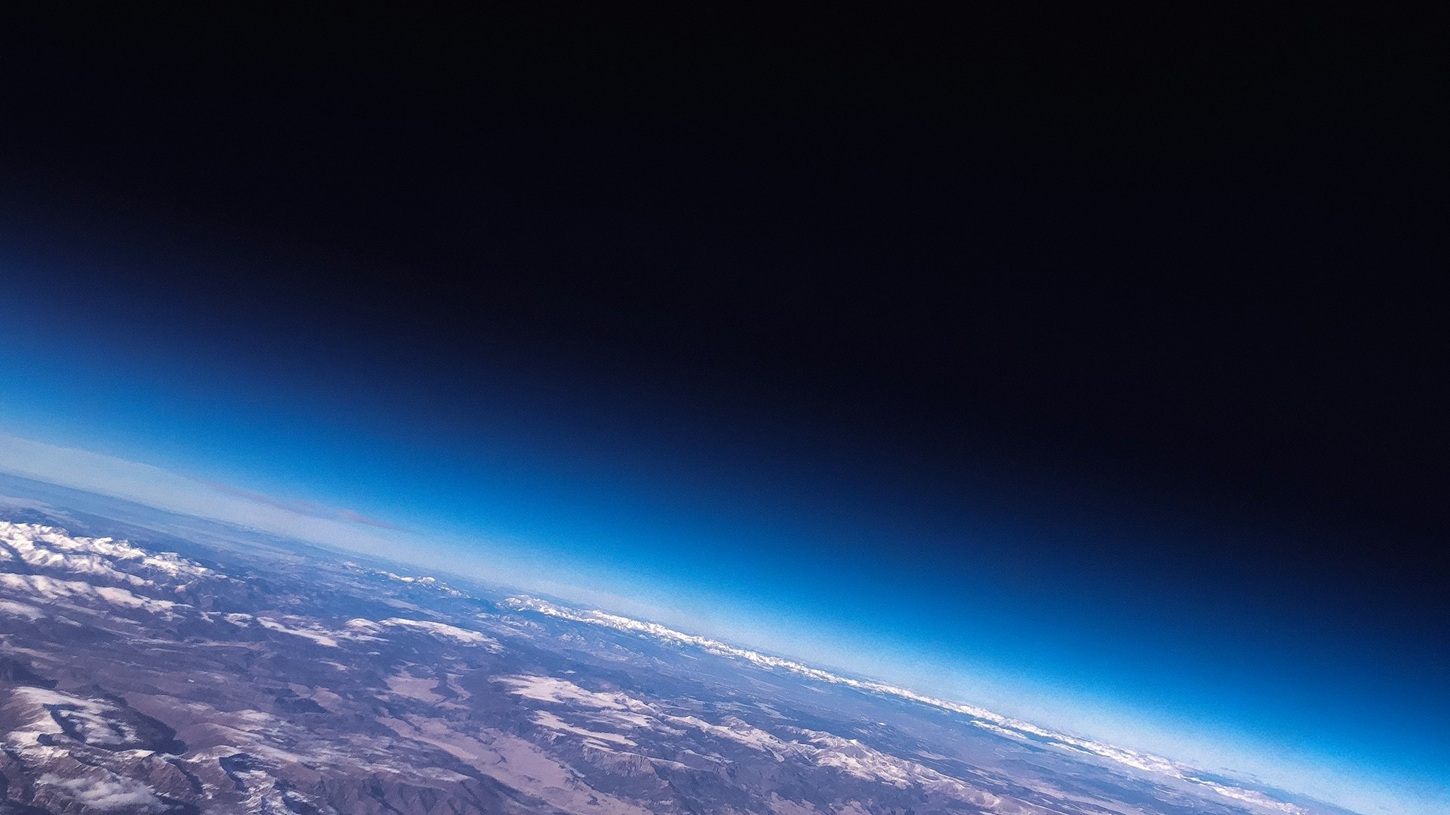Seasonal imbalances in the amount of solar energy that Mars absorbs and emits can cause dust storms that have preoccupied observers for a long time, a research group said. Climate events in the Red Planet’s past also determine the likely future of our home.
The energy balance between solar radiation coming to Mars and that of the planet has been compared by researchers at the University of Houston, who conclude that there is a significant seasonal shift in the planet. The researchers used surface data measured by rangers operated by NASA and orbiting probe measurements in their calculations.
“One of our most interesting discoveries is that excess energy may be one of the mechanisms behind the generation of Martian dust storms. If we find out how this works on Mars, we can easily understand how the Earth’s energy balance relates to the onset of severe storms, including hurricanes.PhD student Elaine Crissy said.
Due to its sparse atmosphere and elongated elliptical trajectory, Mars is particularly sensitive to large temperature differences. The planet absorbs an unusual amount of the sun’s heat when it is closest to the sun during perihelion (in Mars’ southern hemisphere in spring and summer), when dust storms also occur. As the planet moves away from the sun, the absorbed heat also decreases.
A similar phenomenon occurs on Earth, but experts have found this to be severe on Mars, it reads On the University of Houston website.
Elaine Creasy explained that Mars no longer has energy storage systems like the vast oceans on Earth that help balance the climate system. Once upon a time, Mars also had seas and oceans, but due to its climate change, they evaporated. This suggests that the Red Planet’s past may also mask the solution to Earth’s climate change. The researchers also believe that an objective view of the Earth is certainly facilitated by looking at certain processes through the operation of another planet.












































